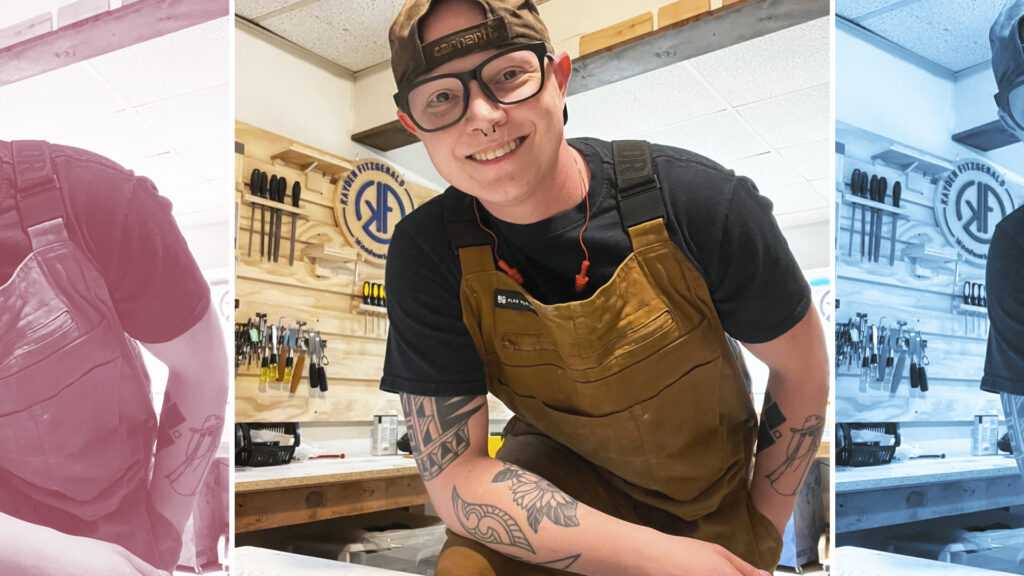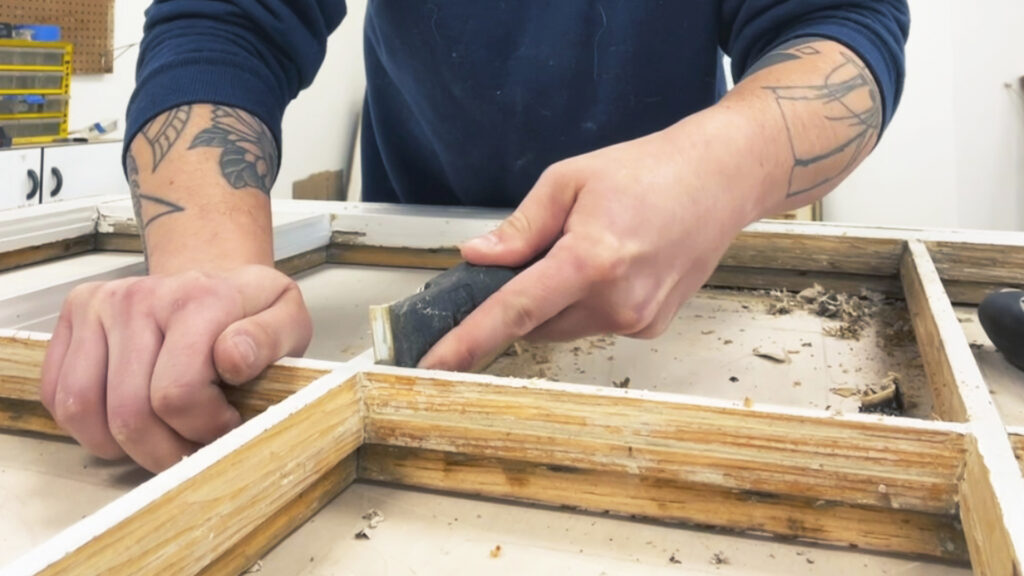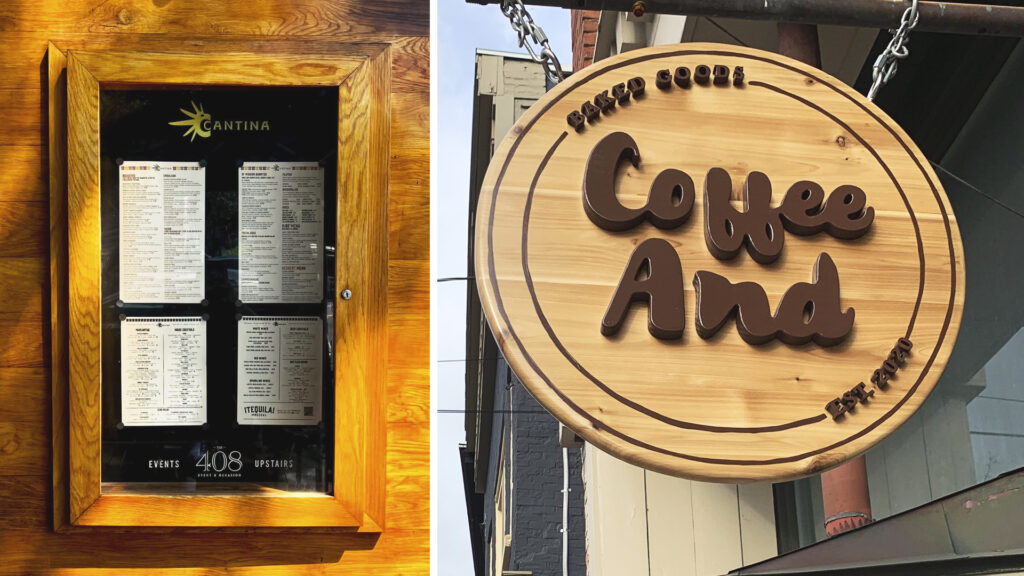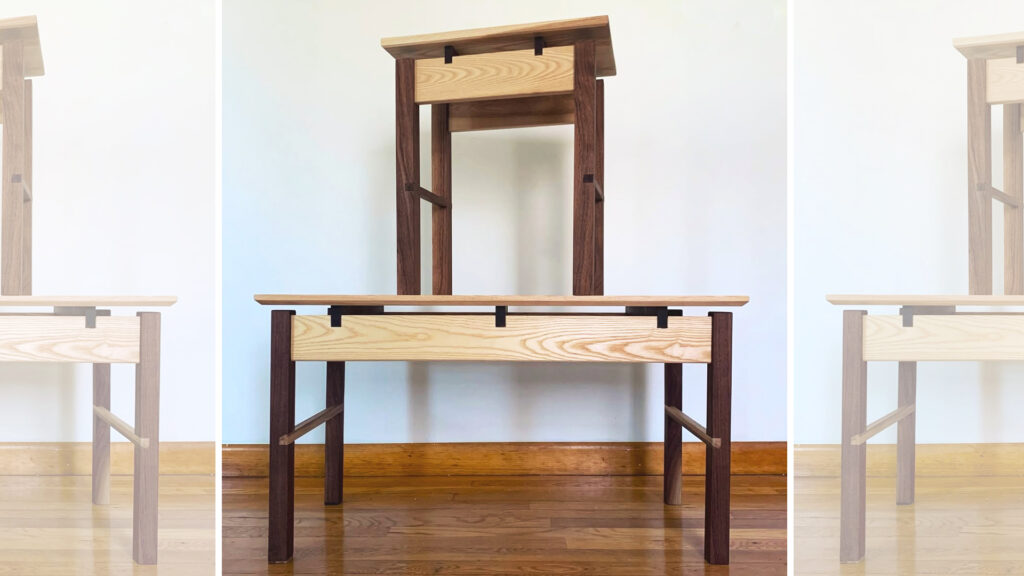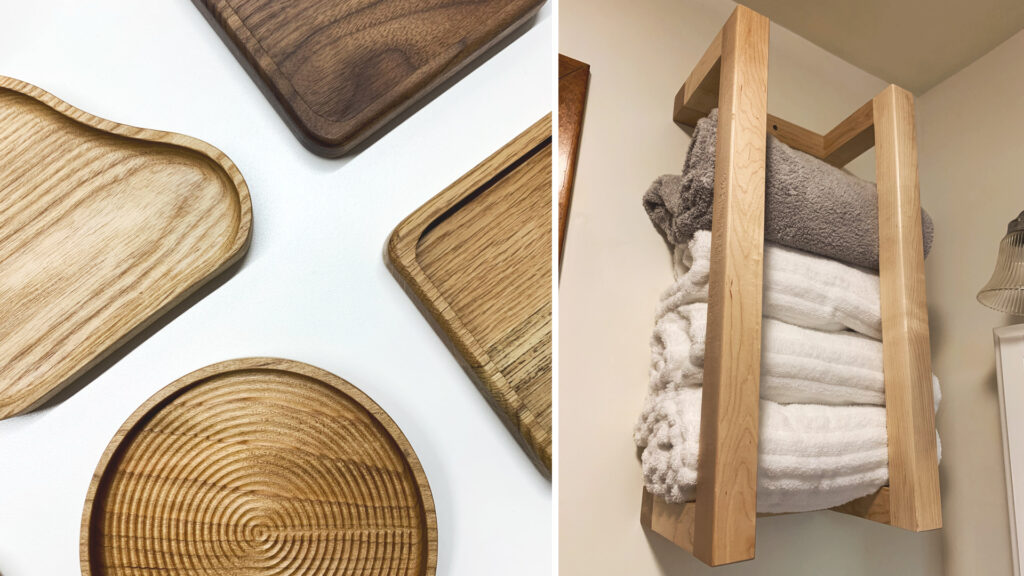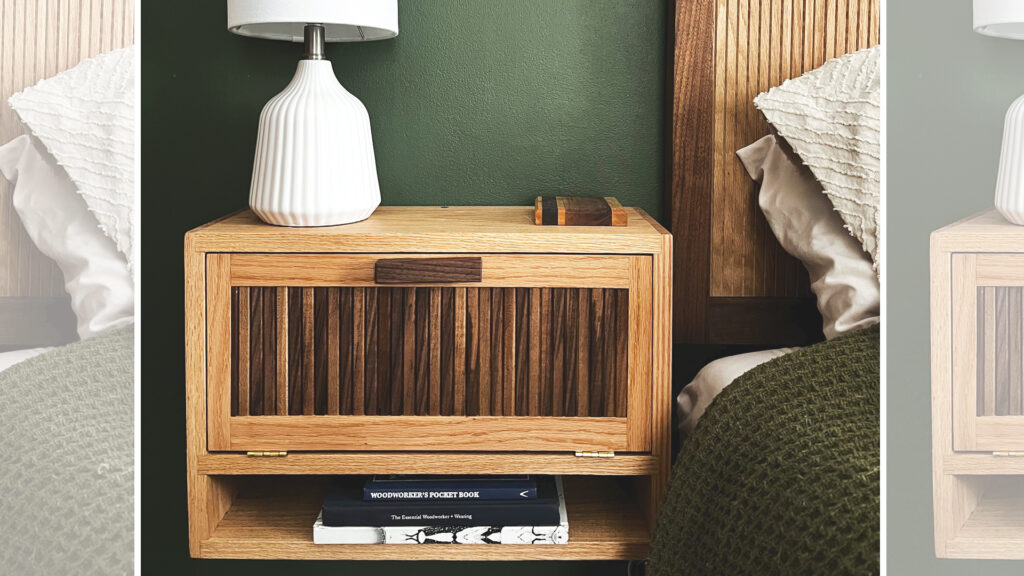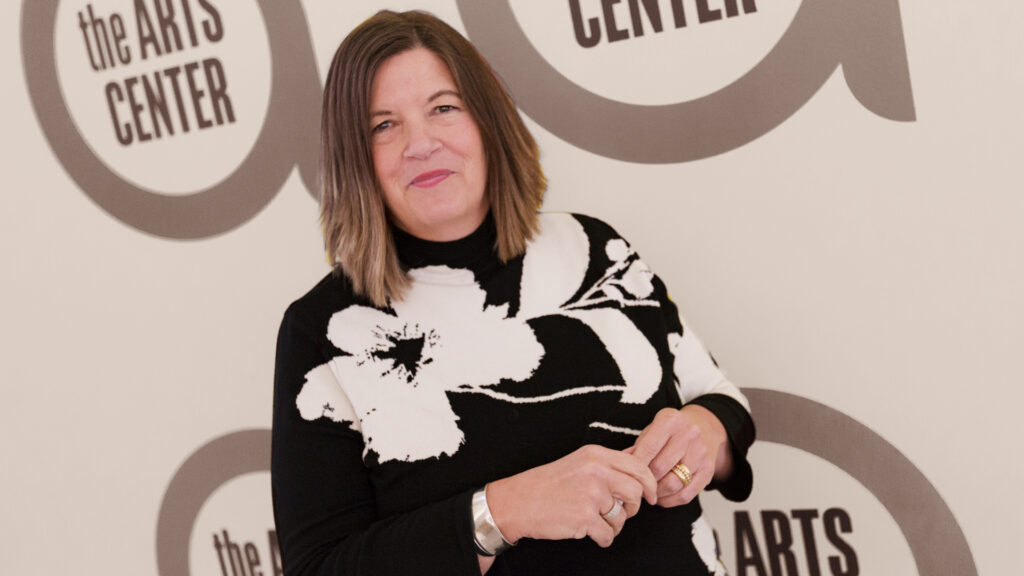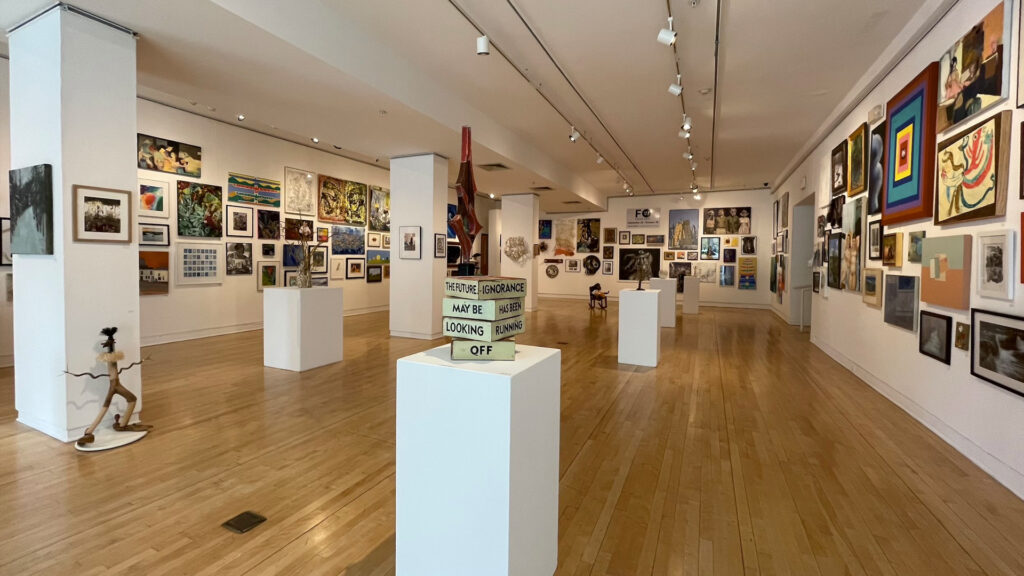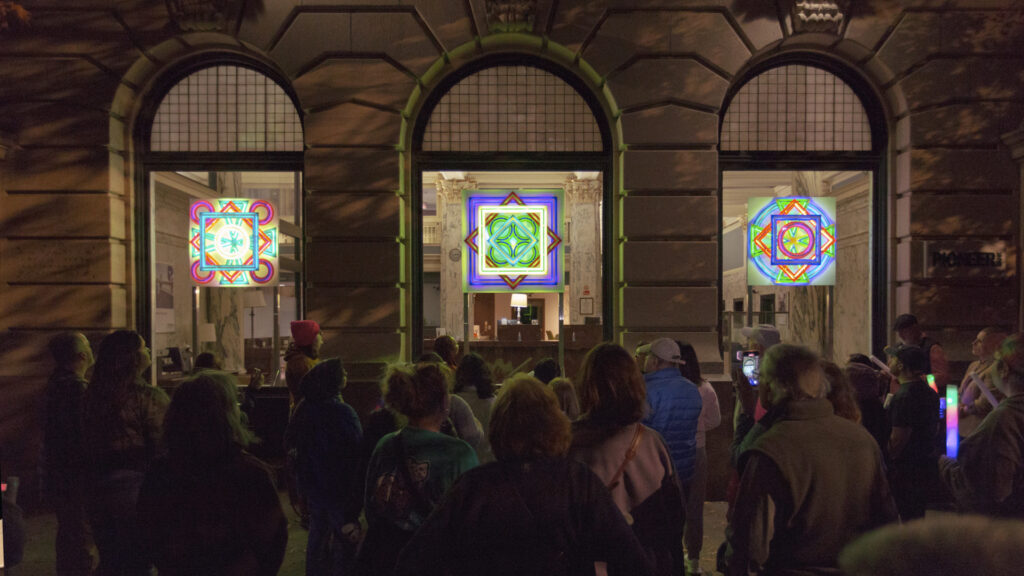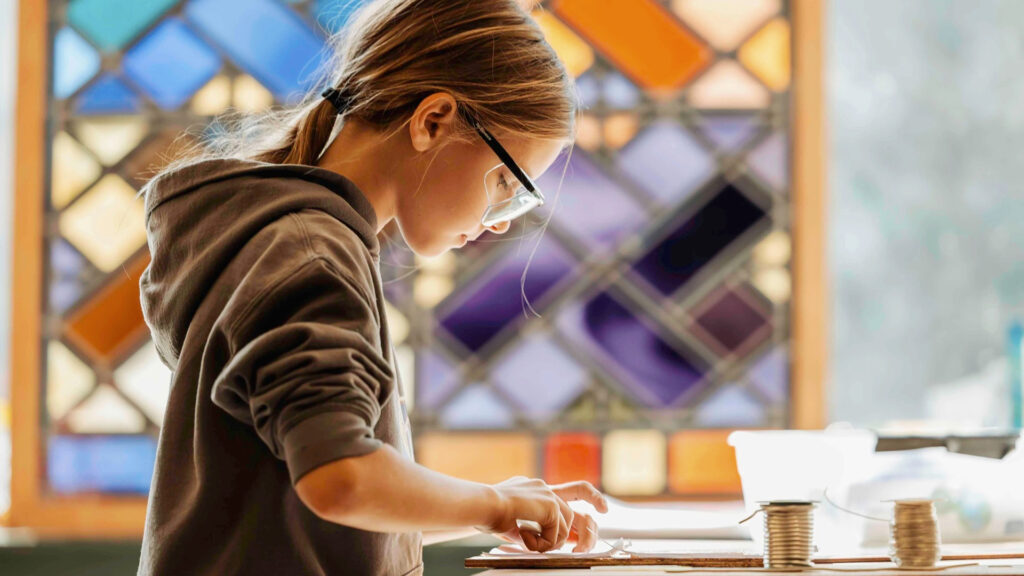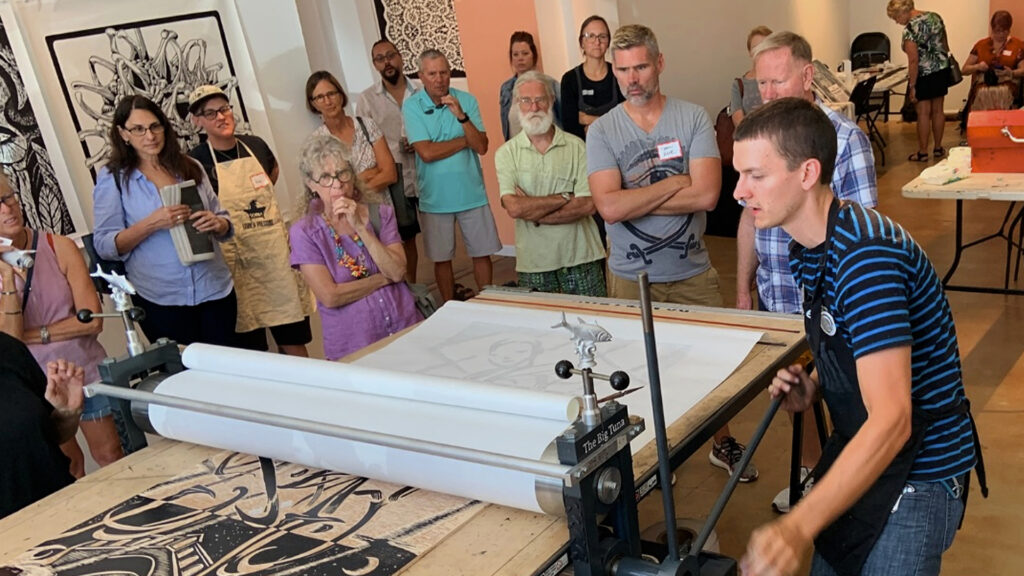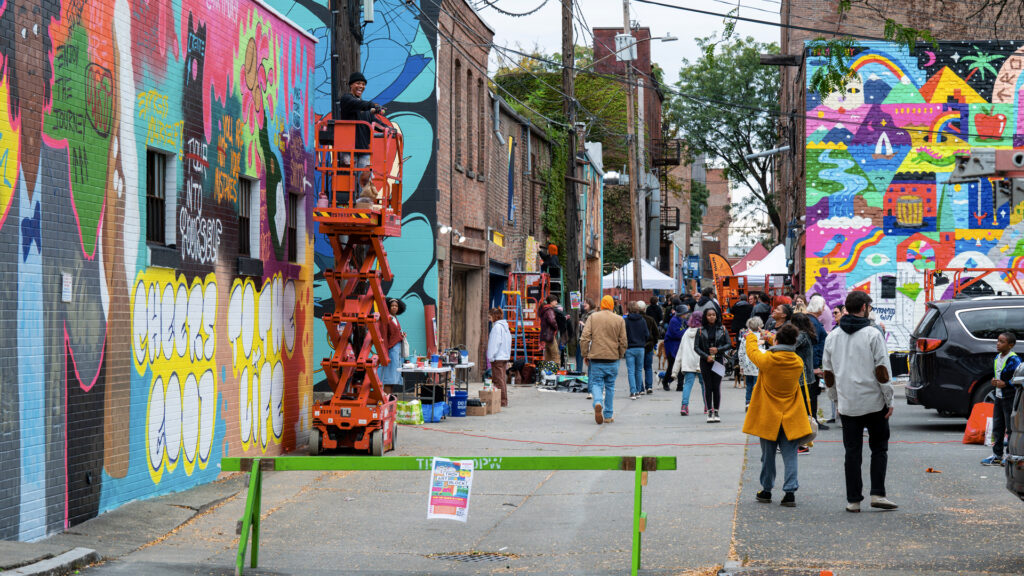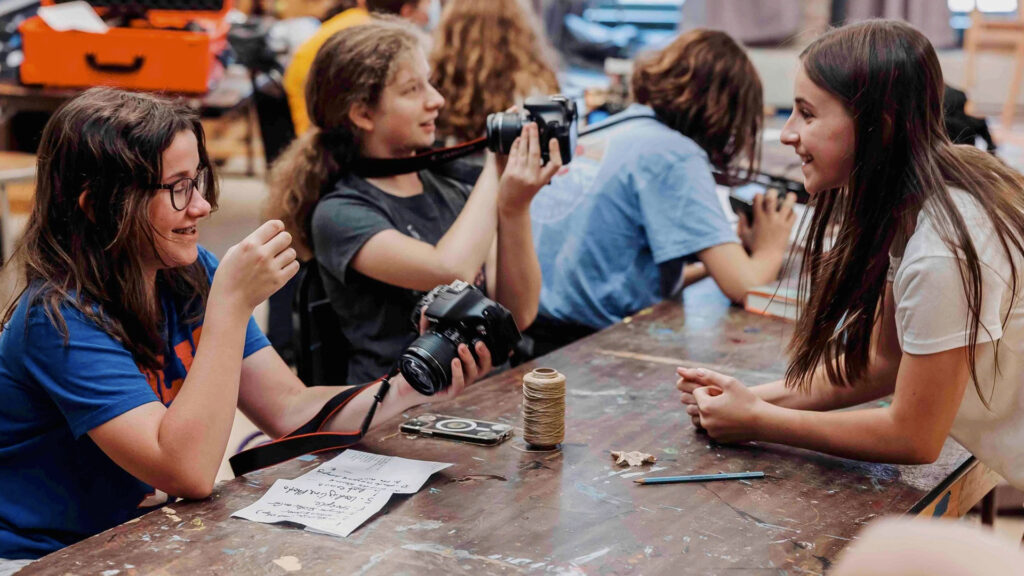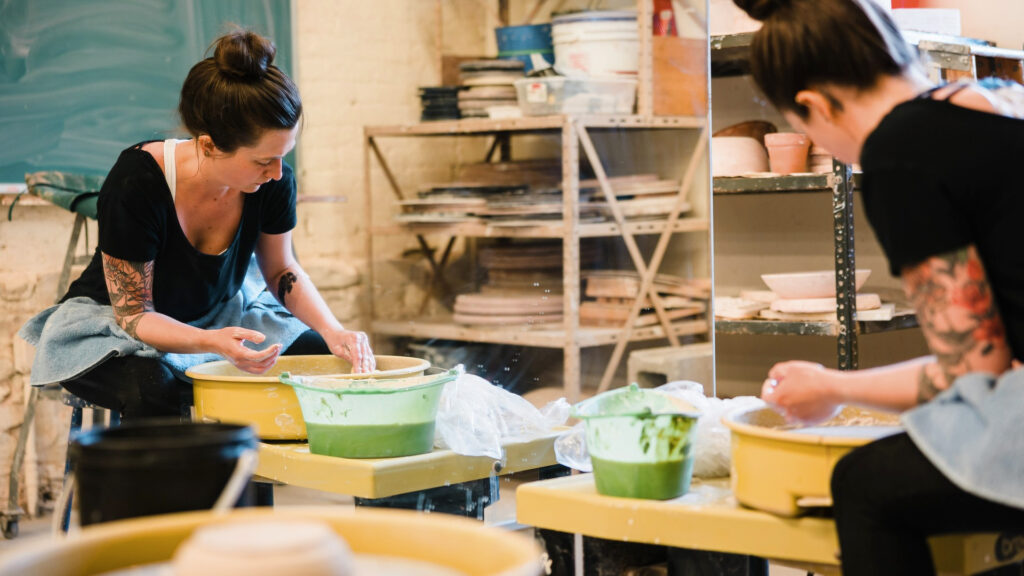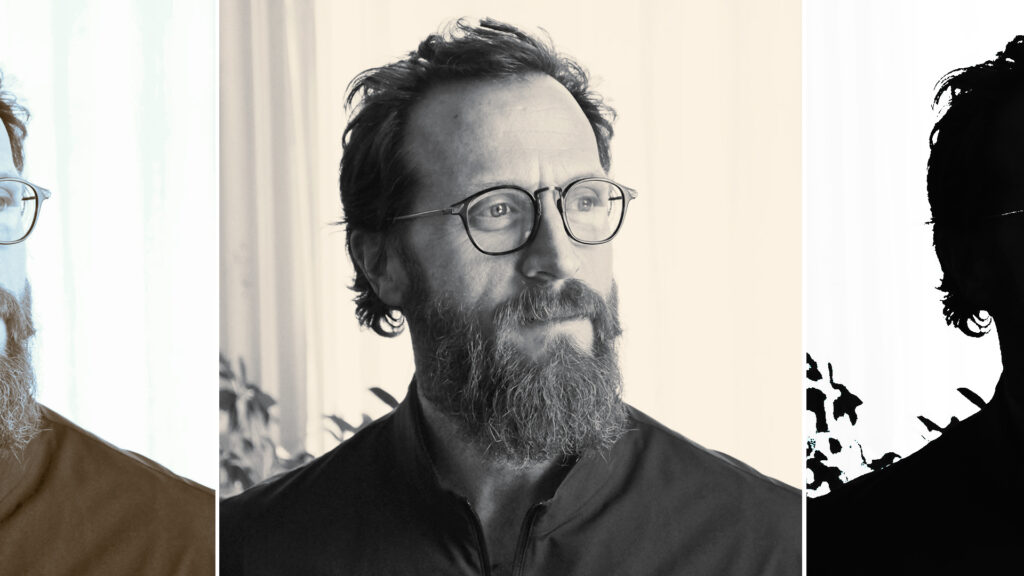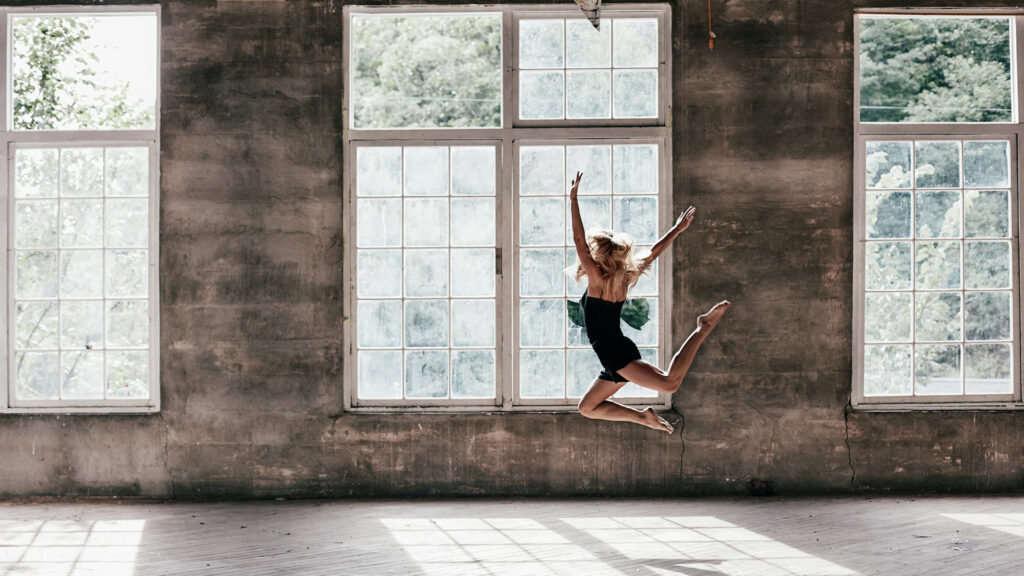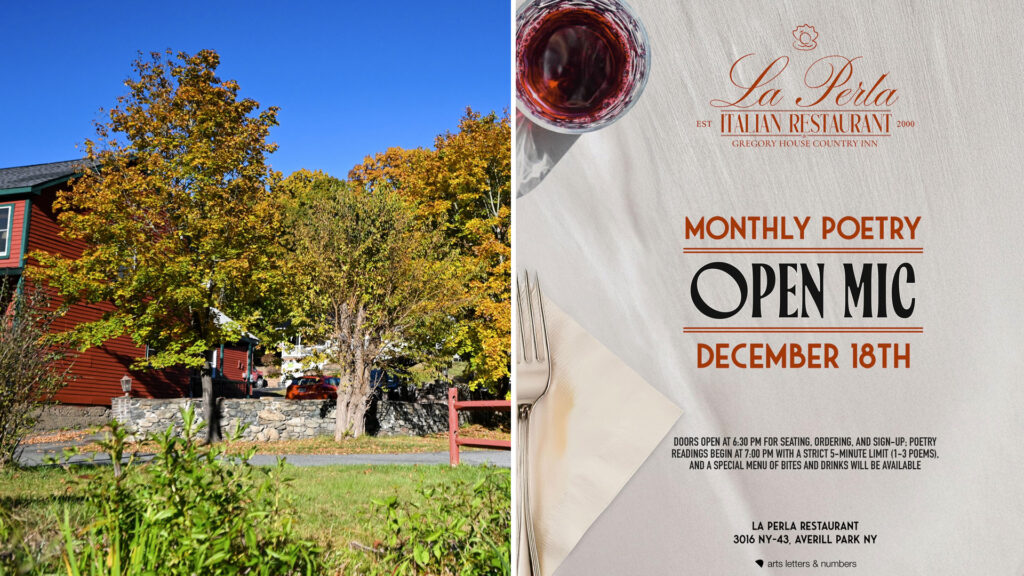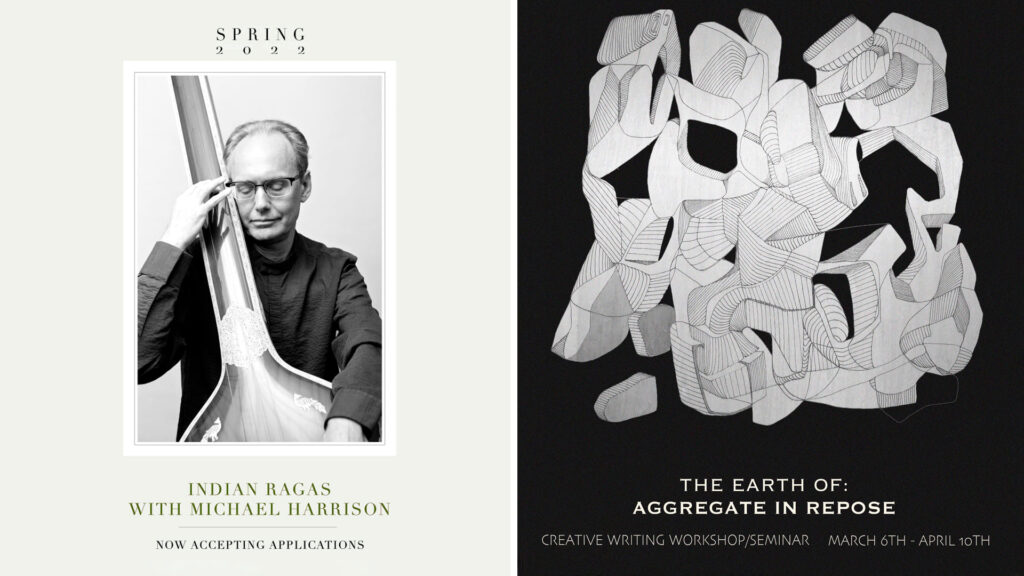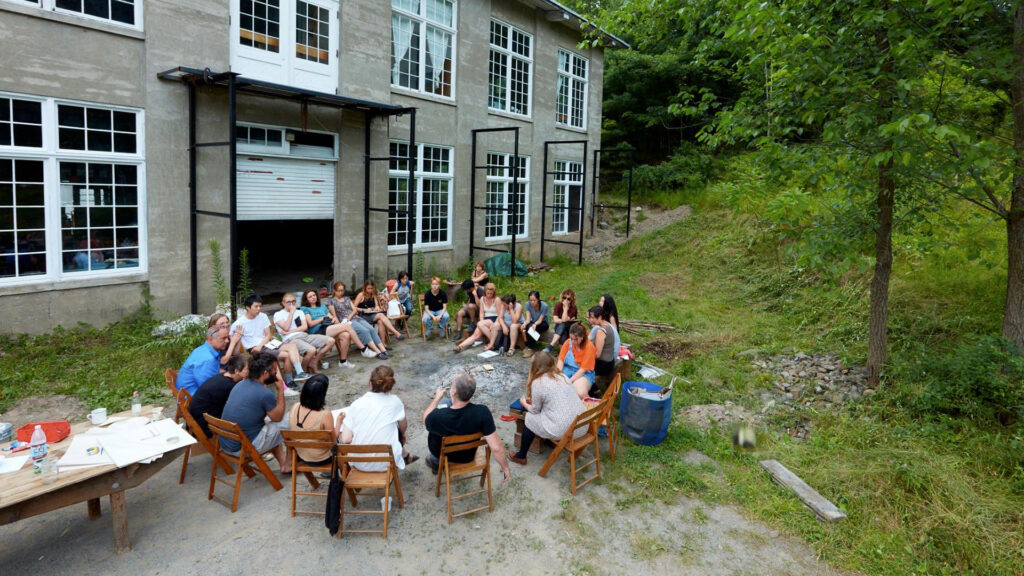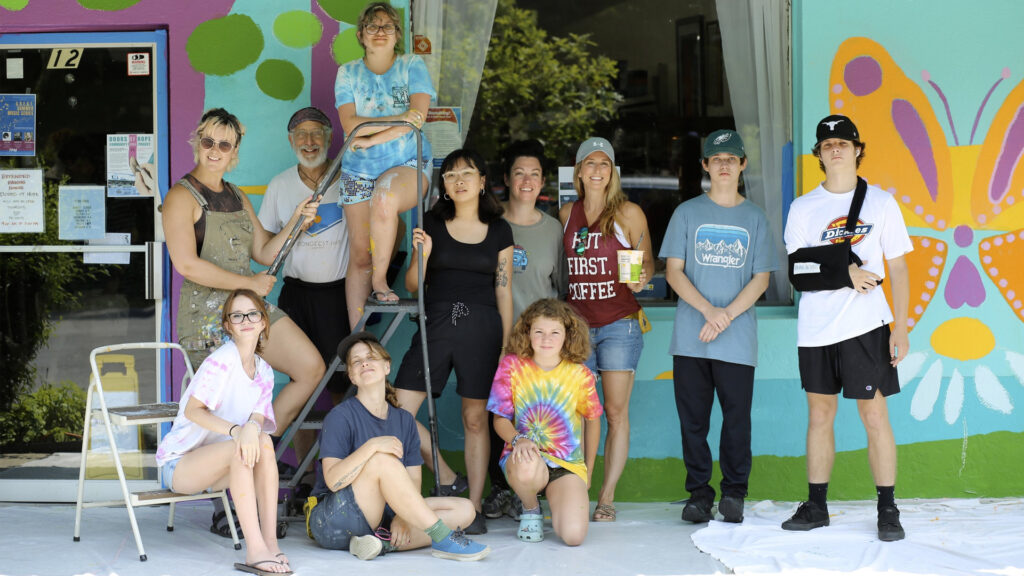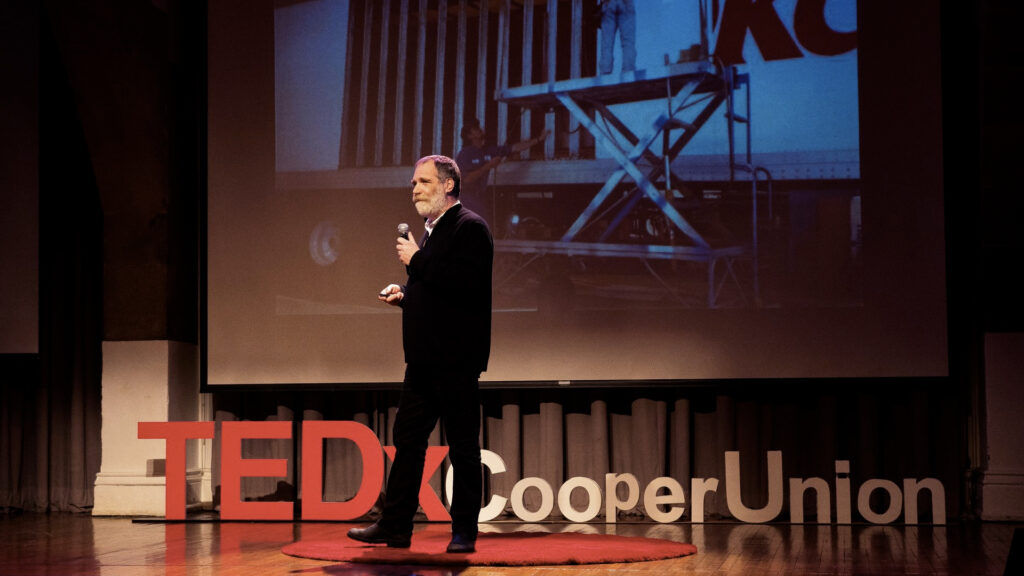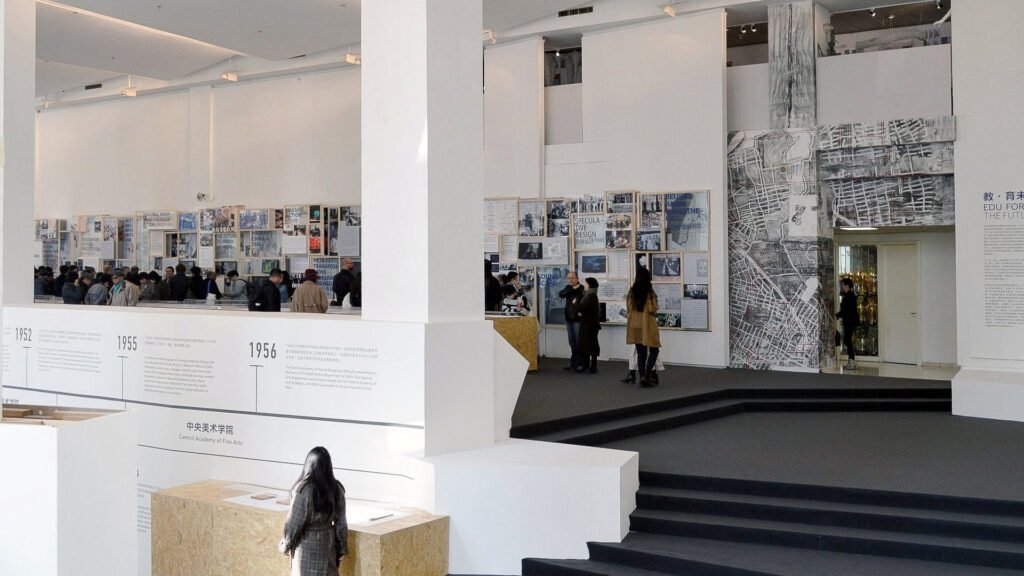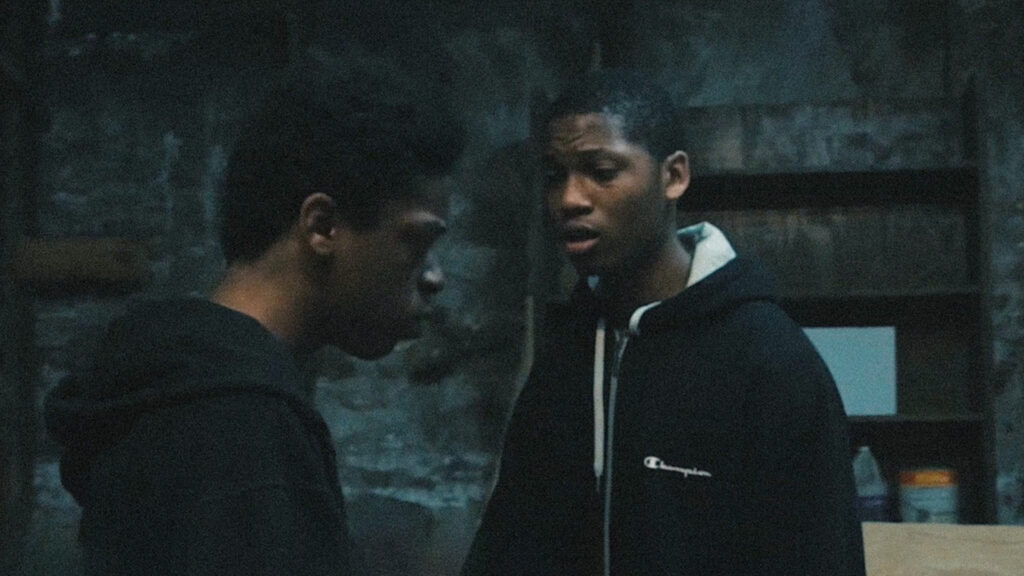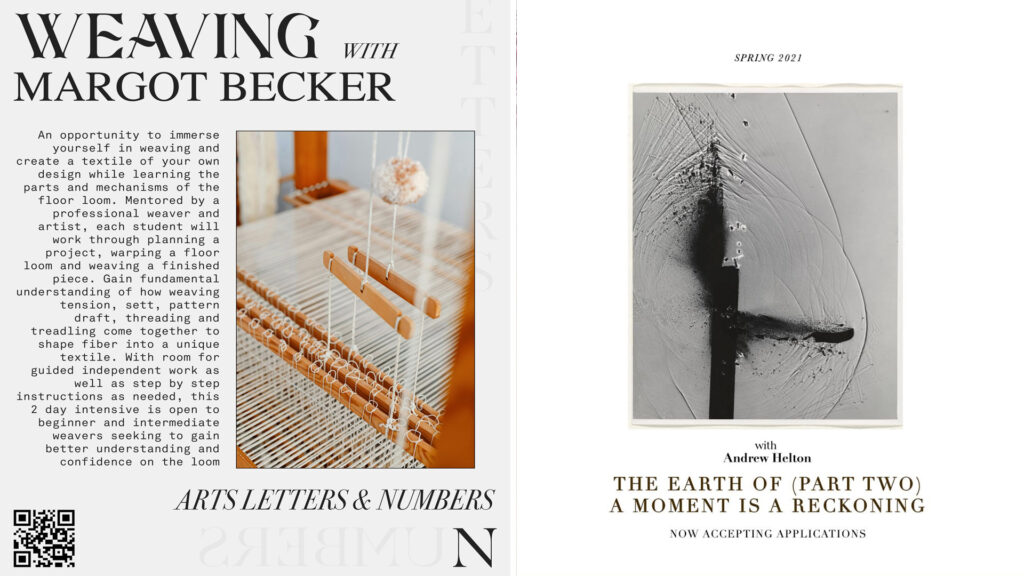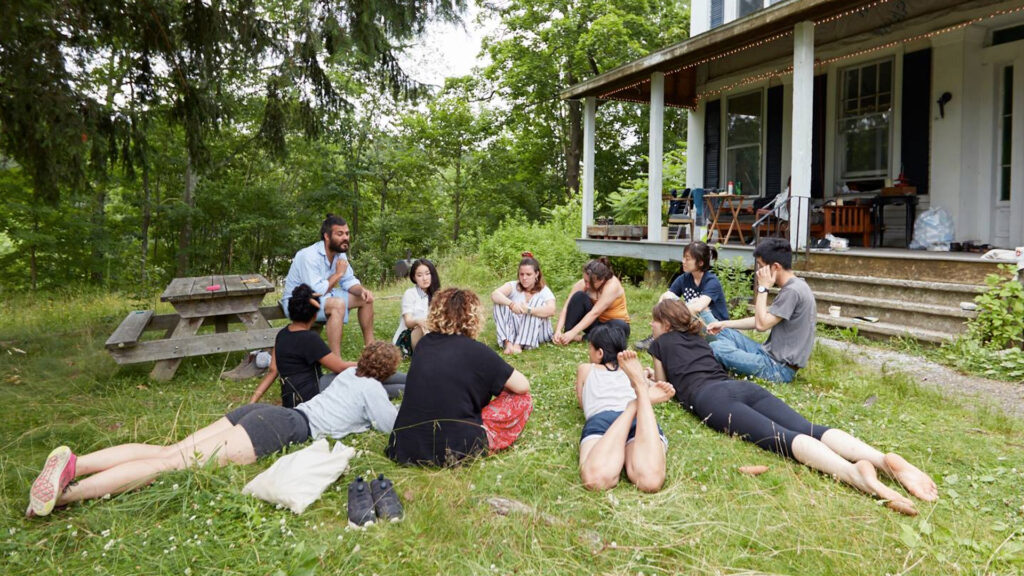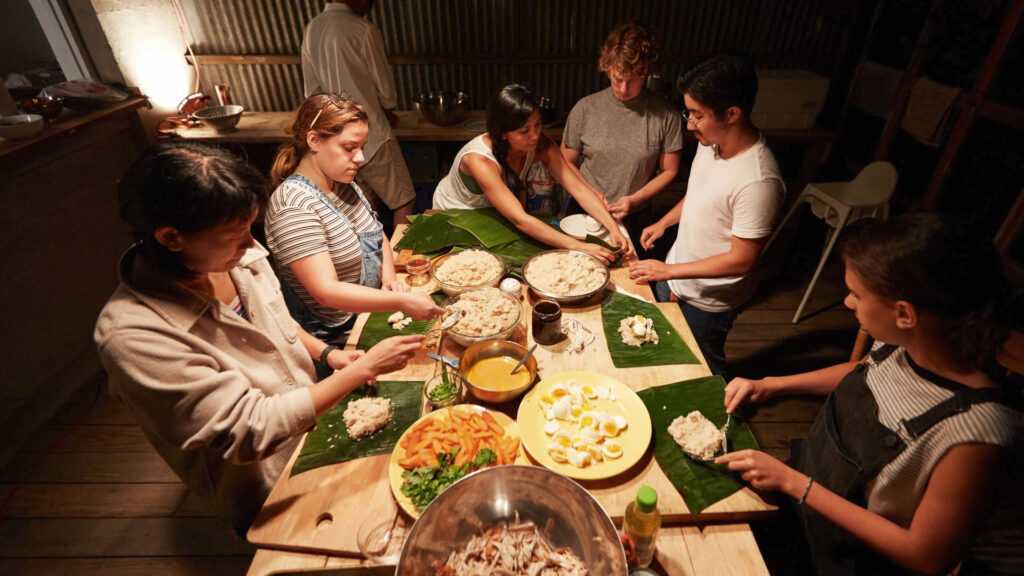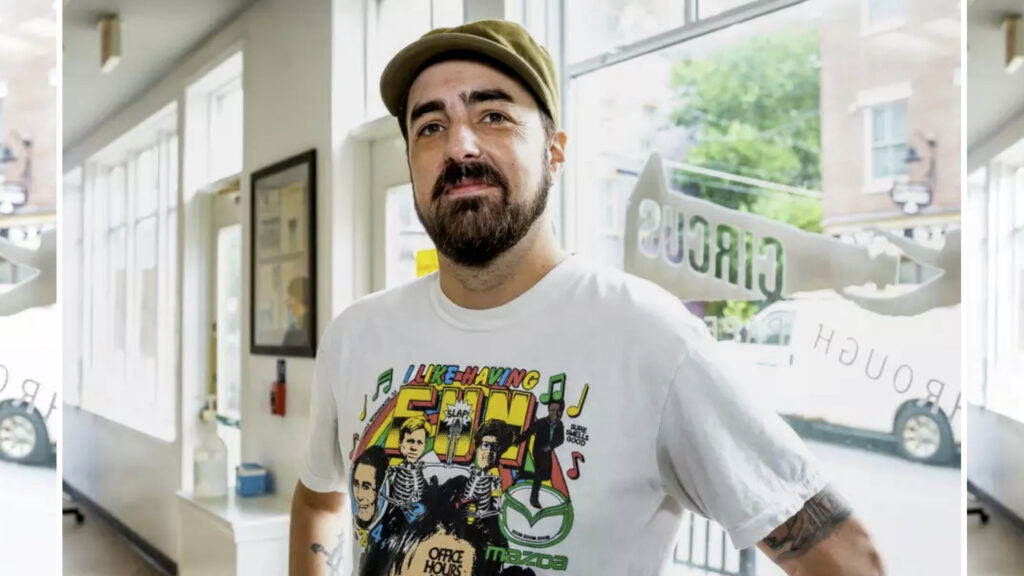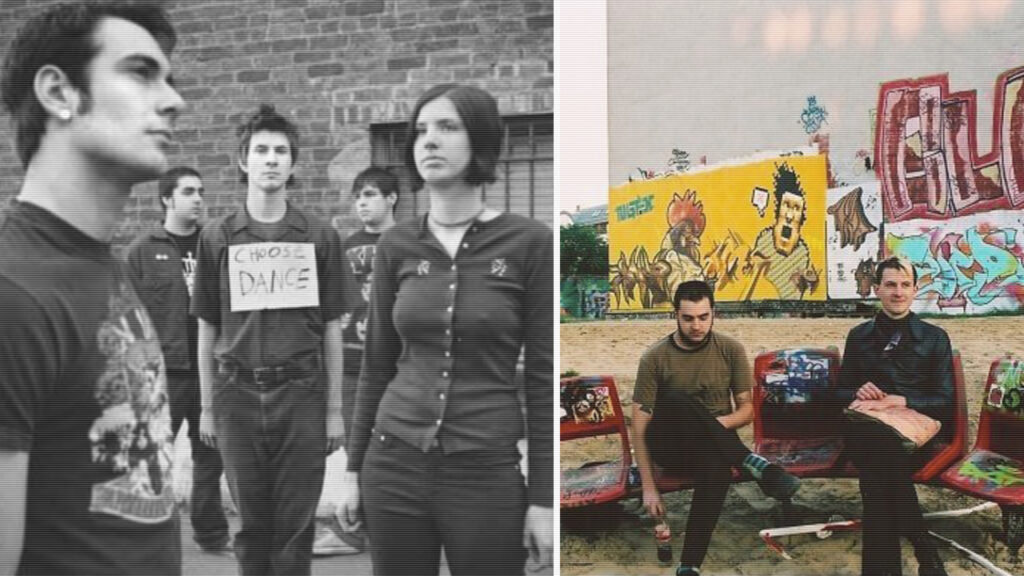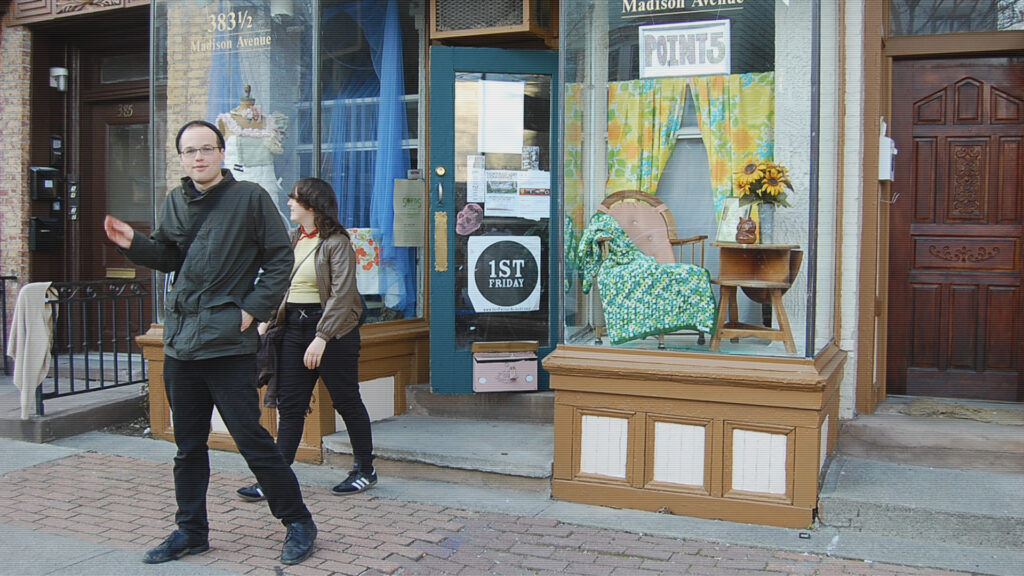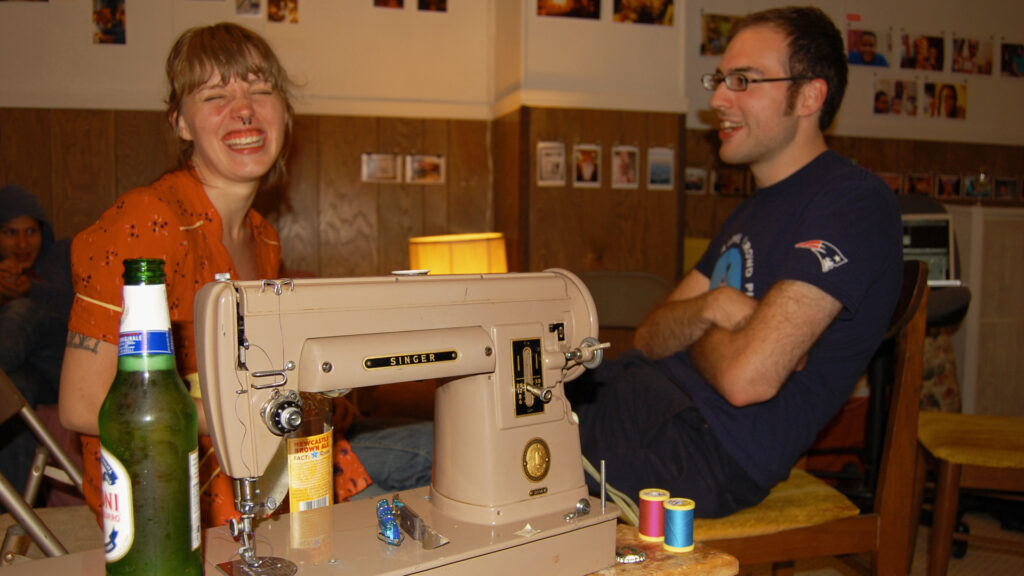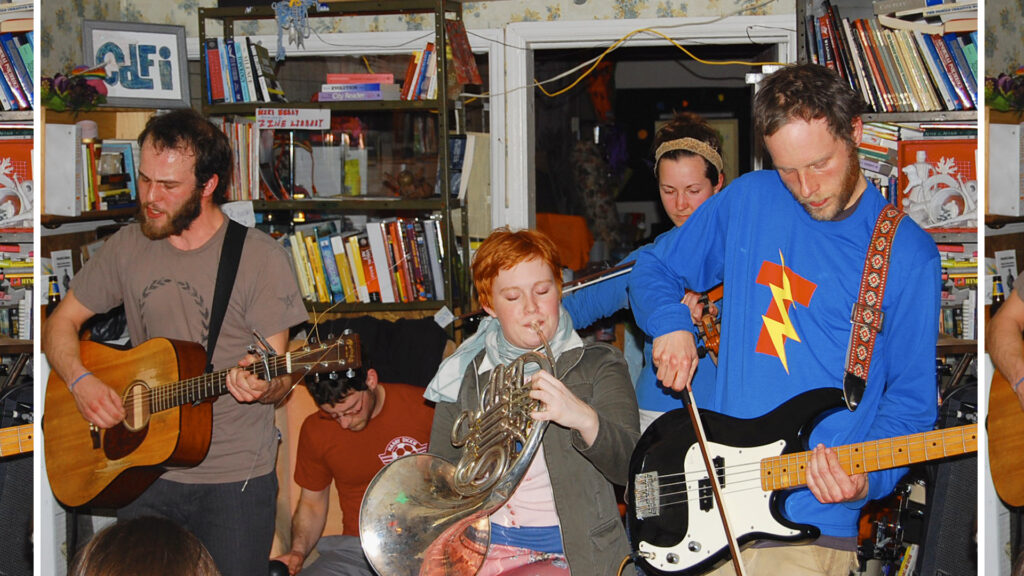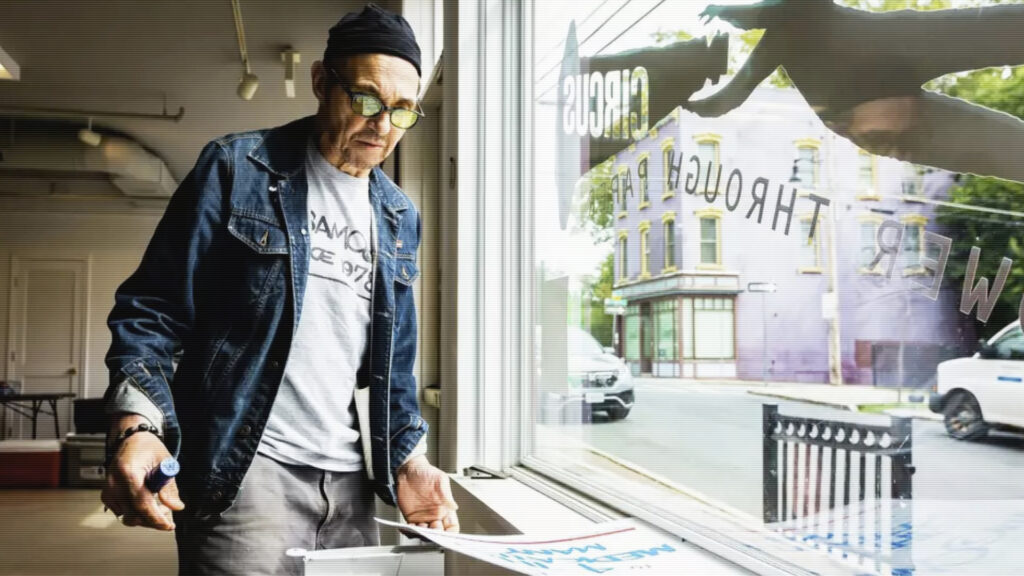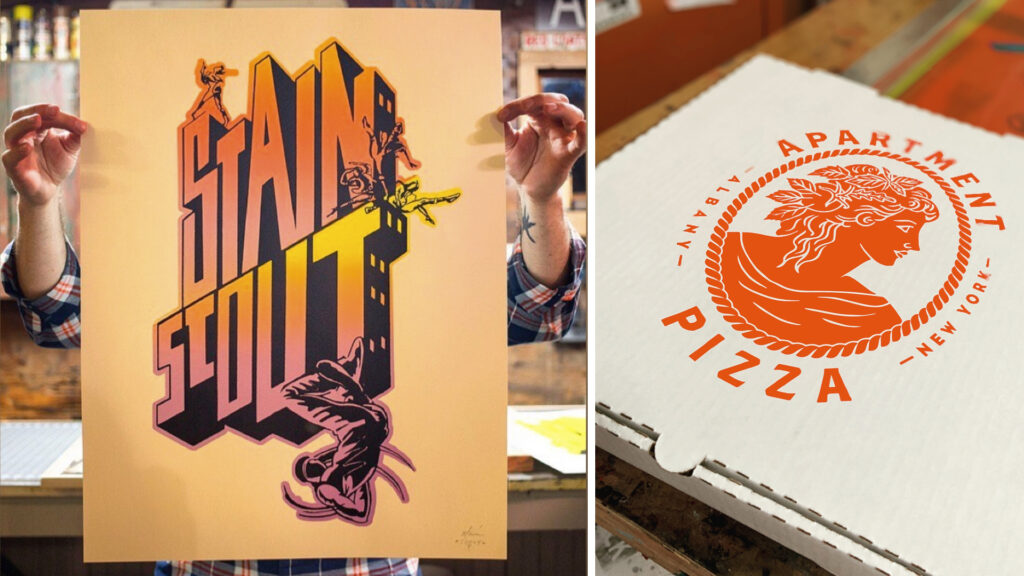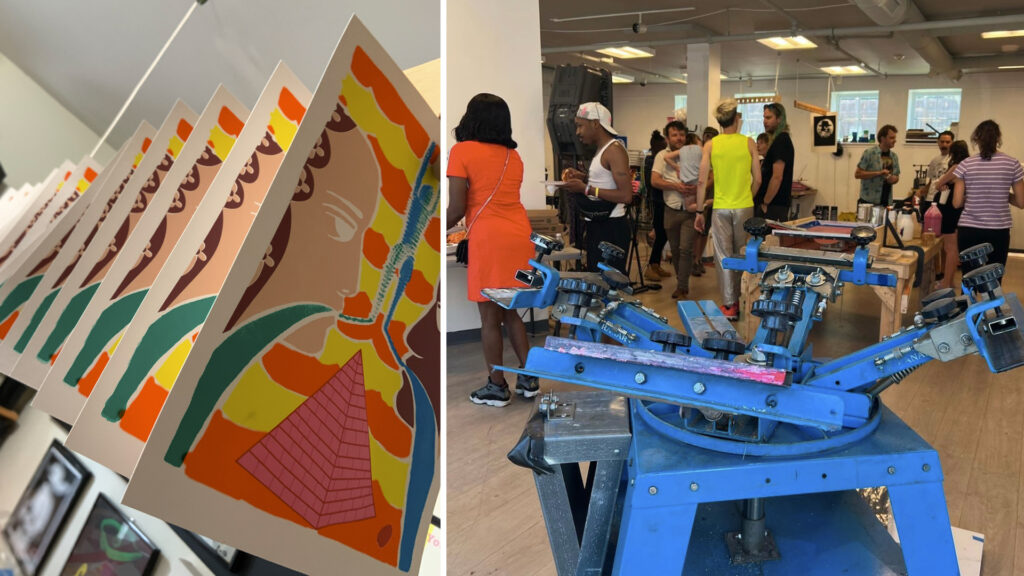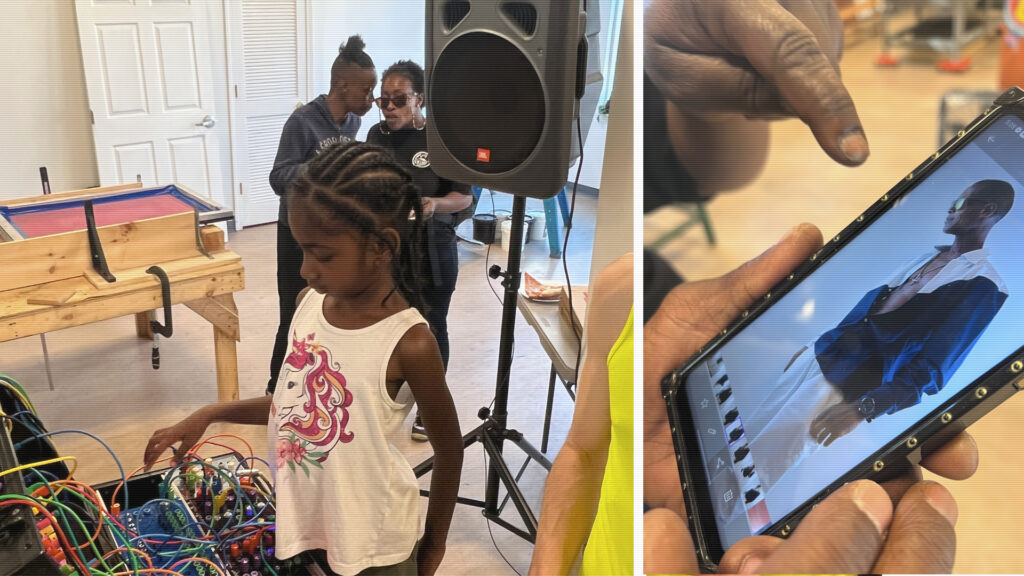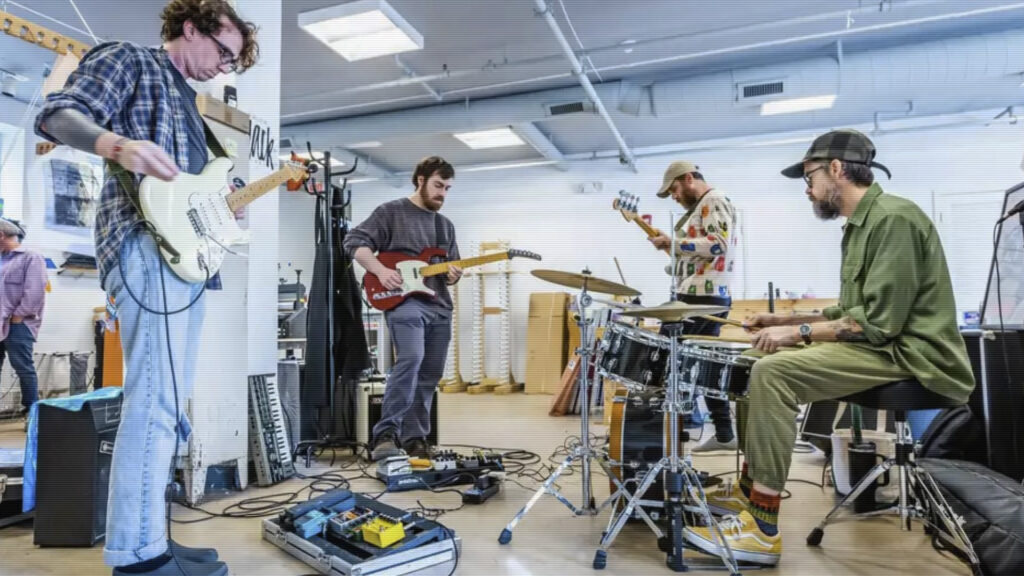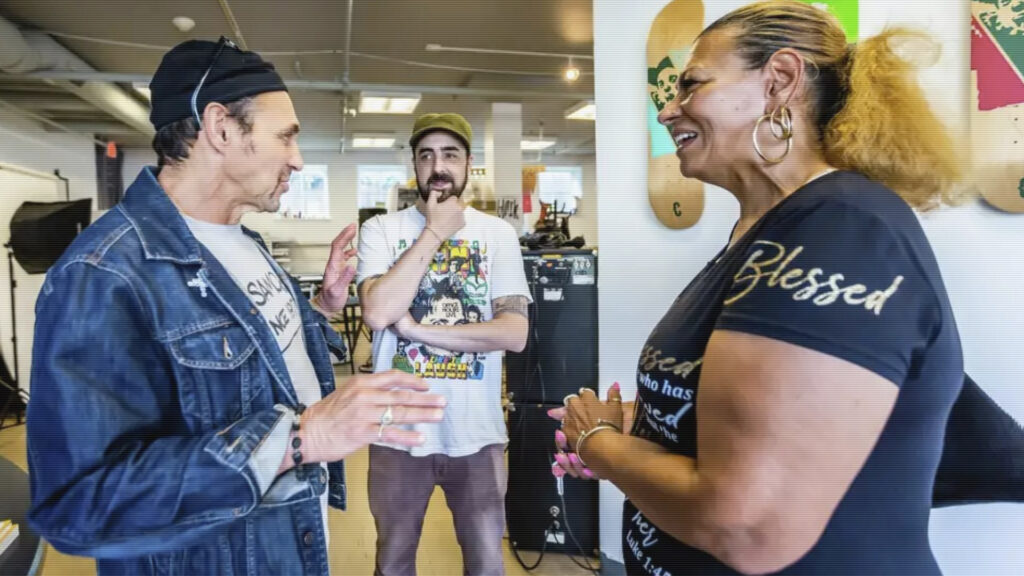Terence Musto and I recently were asked to be on the same crit panel for a group of student projects at Union College organized by Associate Professor Lorriane Cox PhD. His business acumen was evident in the feedback he provided to the project teams and when I found out what he did, a studio visit was destined to happen. The story of Fabbro Industries is highly relevant and emblematic of the current national narrative to bring more entrepreneurial manufacturing to our country. A renaissance creative, Terence has his hands in a wonderful diversity of projects including currently rolling out a touring bicycle design to machining specific parts for a project at the Metropolitan Museum of Art. All from his shop in Vorheesville, New York.
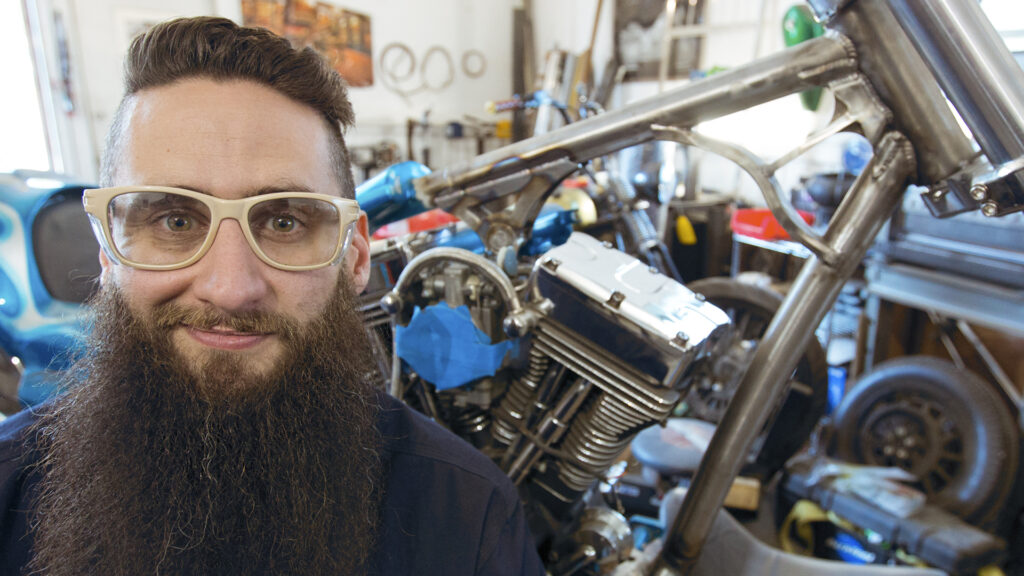
Please state your name, title and business. Can you also give us a bit of background into how you got into what you do and any relevant educational or apprenticeship background info?
My name is Terence Musto, CEO / Creator at Fabbro Industries. I went to school at Babson College for business, concentrated in finance, worked in finance, and wanted nothing more than to get as far away from it as possible after my first internship. I had built a custom chopper (motorcycle) in my parent’s garage while in college and was instantly hooked by building. After graduating, I got an apprenticeship with a custom builder and my journey began. I apprenticed for about a year, then became his lead fabricator and then shop foreman. I eventually left that shop, and opened my own shop, knowing that I wanted to concentrate on R&D and product development for anything on two wheels.
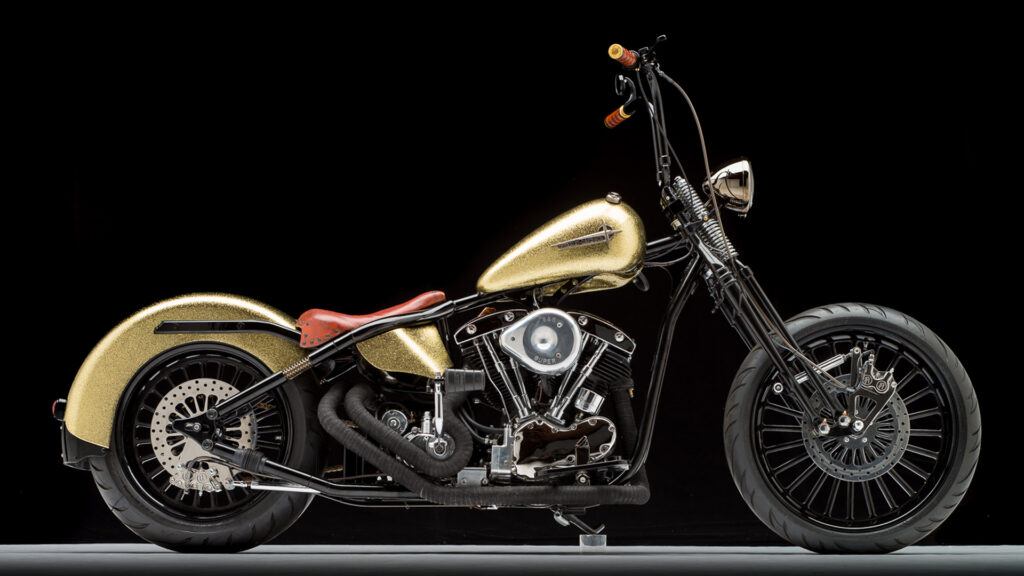
Can you tell us more about what market nitch FABBRO Industries fills and what your main focus areas are? Care to name drop a few clients / projects that you have worked with / on?
On its surface, we are a prototyping, design, and fabrication company. But we exist in a few main areas:
1. Custom motorcycles, cars, bikes (and associated parts) – namely the creation of our patented Type 57x® integrated suspension frame for bicycles and motorcycles.
2. Product development – from design, to bill of material generation, to small batch fabrication. We can take customers from hand sketch, or even just idea stage, to finished prototype ready for testing.
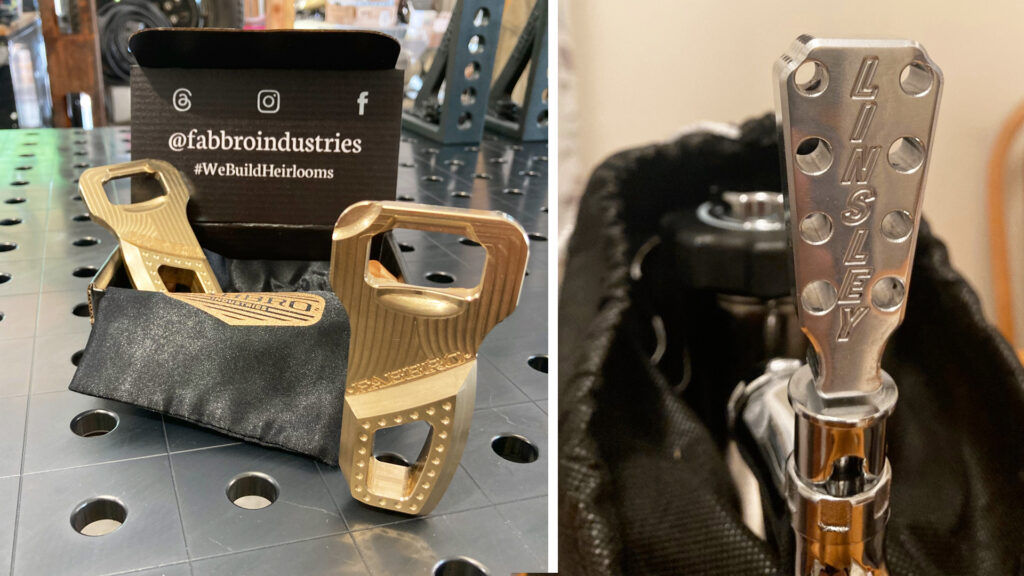
3. Finely machined home goods – we produce our own line of machined home goods including bottle openers, cutting boards, and cigar ashtrays (along with a few new products dropping soon).
4. Architectural metal fabrication – we work with general contractors for high end metal fabrication for things like: custom furniture, sinks, floating vanities, shower doors, etc.
5. Small batch, high quality manufacturing of goods.
We are set up to make one piece or a couple hundred. But more importantly, we’ll work with clients to find out exactly what they need – sometimes, what people think they need isn’t actual. Example: maybe you think you need your product to be made from solid aluminum, machined, and bolted together. In reality, we could save weight and time by using tubing and welding it together and achieving all the same design goals. We’ll sit down and talk the process through to make sure you get exactly what you need. Compare that to a traditional job shop: they make whatever you have on the print, even if that’s the wrong thing to make.
We’ve built a lot of stuff over the years – I’ve had bikes in many national and international magazines. One of the coolest moments for me was having our Type 57x® included in a book on the history of motorcycling in NYS, and the NYS Museum put our gold prototype on display for about 8 months in their lobby (highlight of my career so far for sure!).
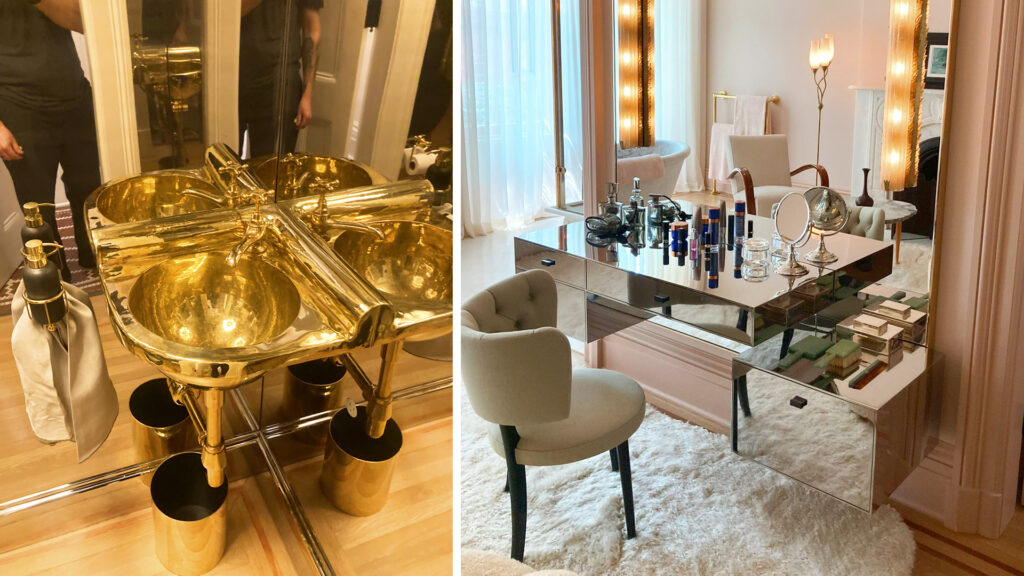
We also had some of our architectural work in Architectural Digest in the September 2024 issue for a floating, mirror polished stainless steel vanity we built. We also machined some parts for a Lincoln Zephyr designed by Paul Teutul Jr. (American Chopper fame) and built by Speakeasy Motors. Current project clients include Iacona Custom Cycles and the Metropolitan Museum of Art.
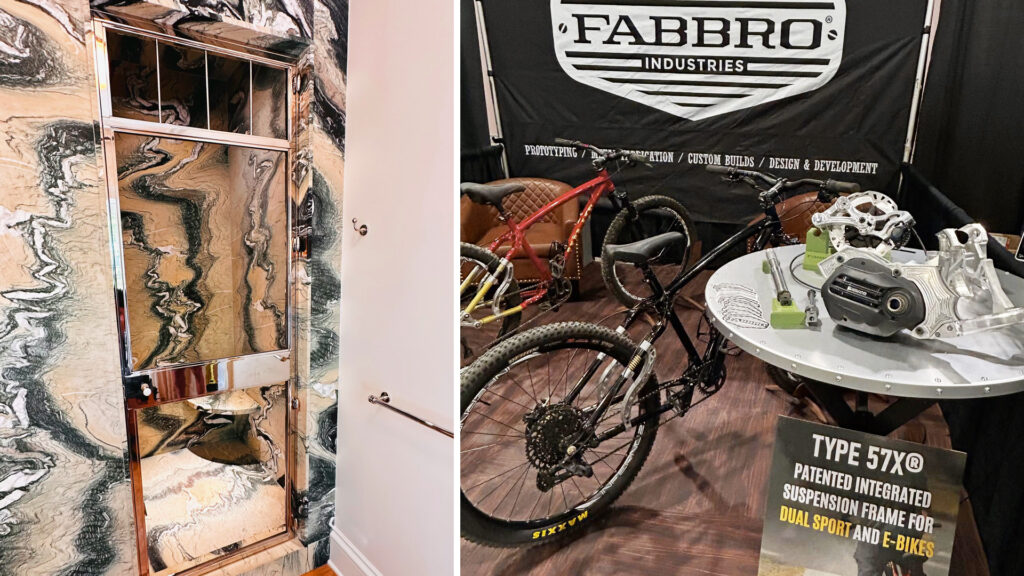
Running a design driven machine shop feels very much in alignment with what we are seeing promoted on a national scale for creating quality jobs. What do you see as some of the hurdles and challenges to growth in this market area? Any specific things that you have experienced in growing your company?
I think the biggest hurdle is that there’s a lot of focus on the supply side – which presents its own challenges (energy consumption, time required to build manufacturing infrastructure to name a couple). But the other side is on the demand front – customers need to be willing to pay more to have things made in America. It’s expensive to make things here. One of our biggest challenges, in addition to finding qualified labor, is being able to afford all of the required insurances and benefits that fabricators need which is tough.
We’ve been pushing our new marketing: #webuildheirlooms. Our products aren’t cheap. They are luxury items. But my mission is to inspire a feeling in our customers whenever they use our products. Even if it’s just a bottle opener, I want our customers to have the feeling of “I love this!” every single time they use it, or even look at it. When they are done with it, I want them to pass it on to the next generation. I think that on the demand side of the equation, customers need to embrace this mentality of “buy less, but buy better” and be willing and able to pay more for it.
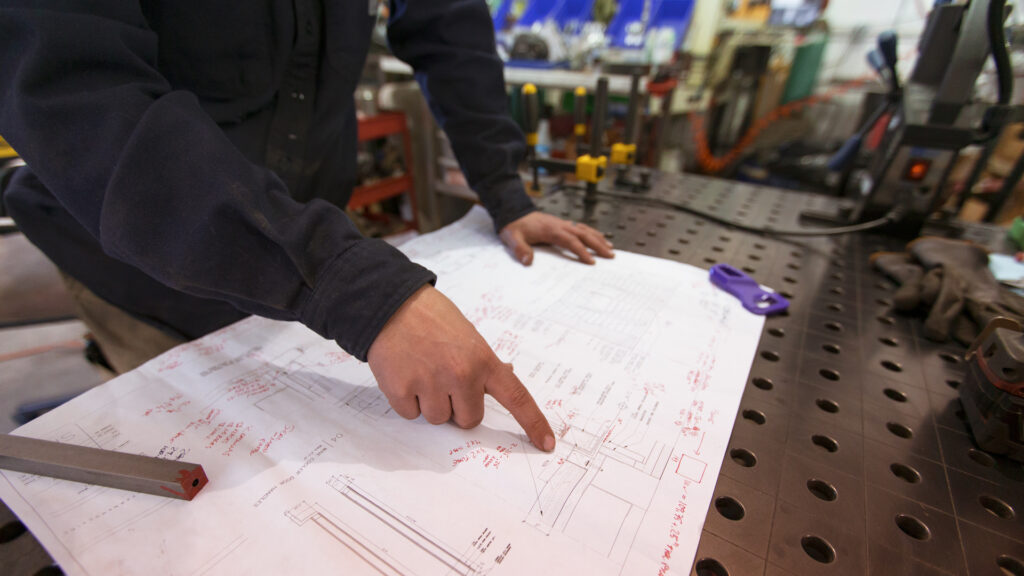
AI is being touted as something that potentially will take away many jobs in this country. I think you and I both have a more nuanced version of that future. Can you share some thoughts on AI and how you see it affecting your business?
There are applications of AI being rolled out already in my space – one major one that is exciting is in the CAM side of programming. For the uninitiated, CAM is the programming required to create the G-CODE that tells CNC equipment how to run the parts we design. It’s designed in CAD (computer aided design) then programmed using CAM (computer aided manufacturing). Traditionally, we use the CAM software to pick up geometries, lines, machining strategies, etc. It can take anywhere from minutes to hours. AI is being deployed on the CAM side to reduce programming time, even for complex parts, to under 5 minutes. There are trade-offs – these programs aren’t inexpensive, and you still need the g-code and programming knowledge to get the AI software to give you quality outputs. But this is definitely one place that AI is creating efficiency, even for small shops.
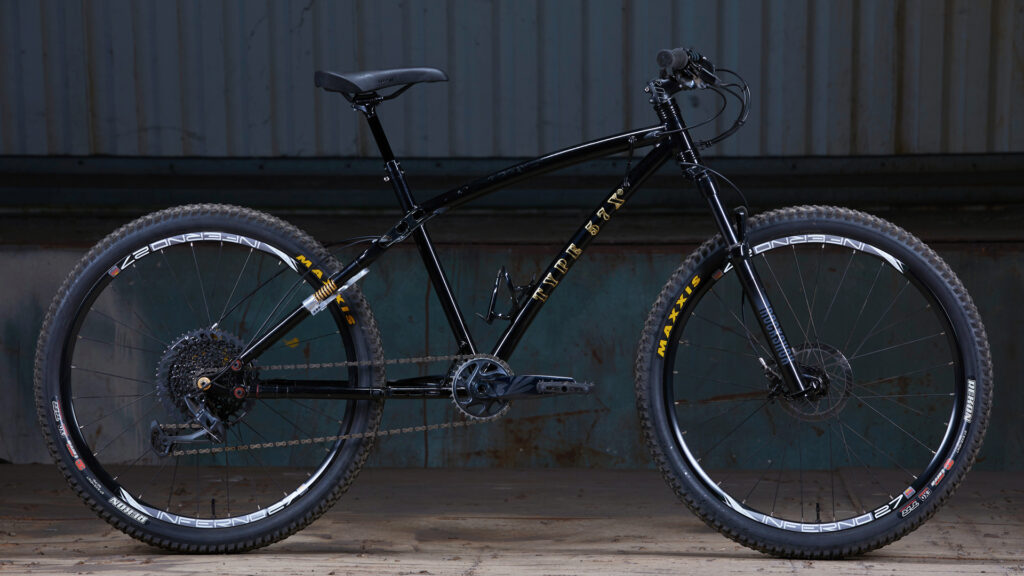
BONUS QUESTION: Share with us something you are especially excited about that you are looking to develop in your business over the next 5 years.
BUSINESS: it’s always exciting to see growth, be able to buy new equipment, bigger space, and add quality team members. We are finally hitting some of these goals and I’m looking forward to what the next year brings in this regard.
PRODUCTS: It’s the big one: we are reaching D-day with our Type 57x frames. We are getting ready to roll out two prototype e-bikes, and then finally wrap up our testing and get our product to market. We are looking for manufacturers to launch a pilot program so that we can get our frames out into the field and get people better riding bikes for every day use. Currently, there are no real full suspension options for bikes that aren’t mountain bikes. Our goal here is to license our patent portfolio to a larger company who has the efficiency to make our frames properly on a large scale.
ARCHITECTURAL: Last year was pretty good for us. This year we have a few good projects lined up, but the one I’m most excited for is a built-in wine cooler, with brass racking I am currently working on. It’s a large scale – 4 big doors. It’s a complicated project, but I think it’ll be a killer piece once it’s done.
WEB: fabbroindustries.com | IG: @fabbroindustries | FB: @fabbroindustries
